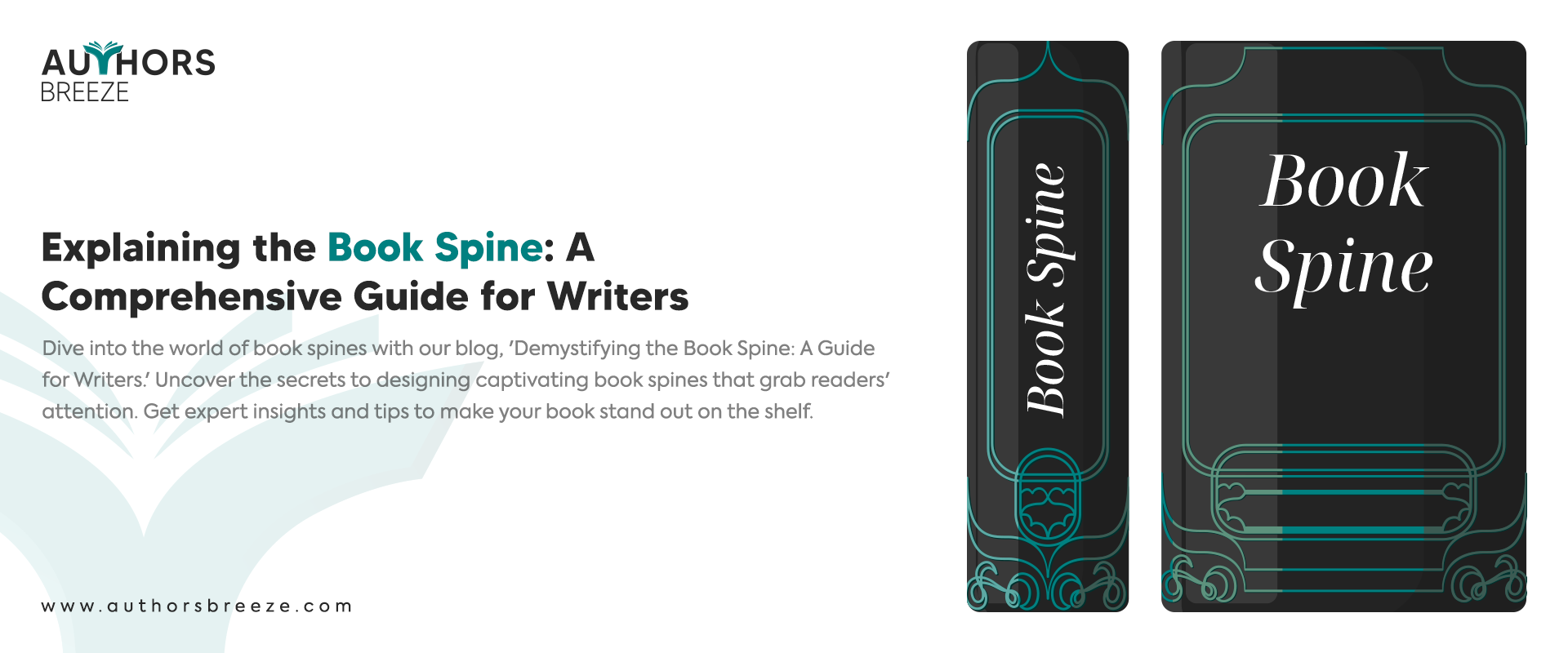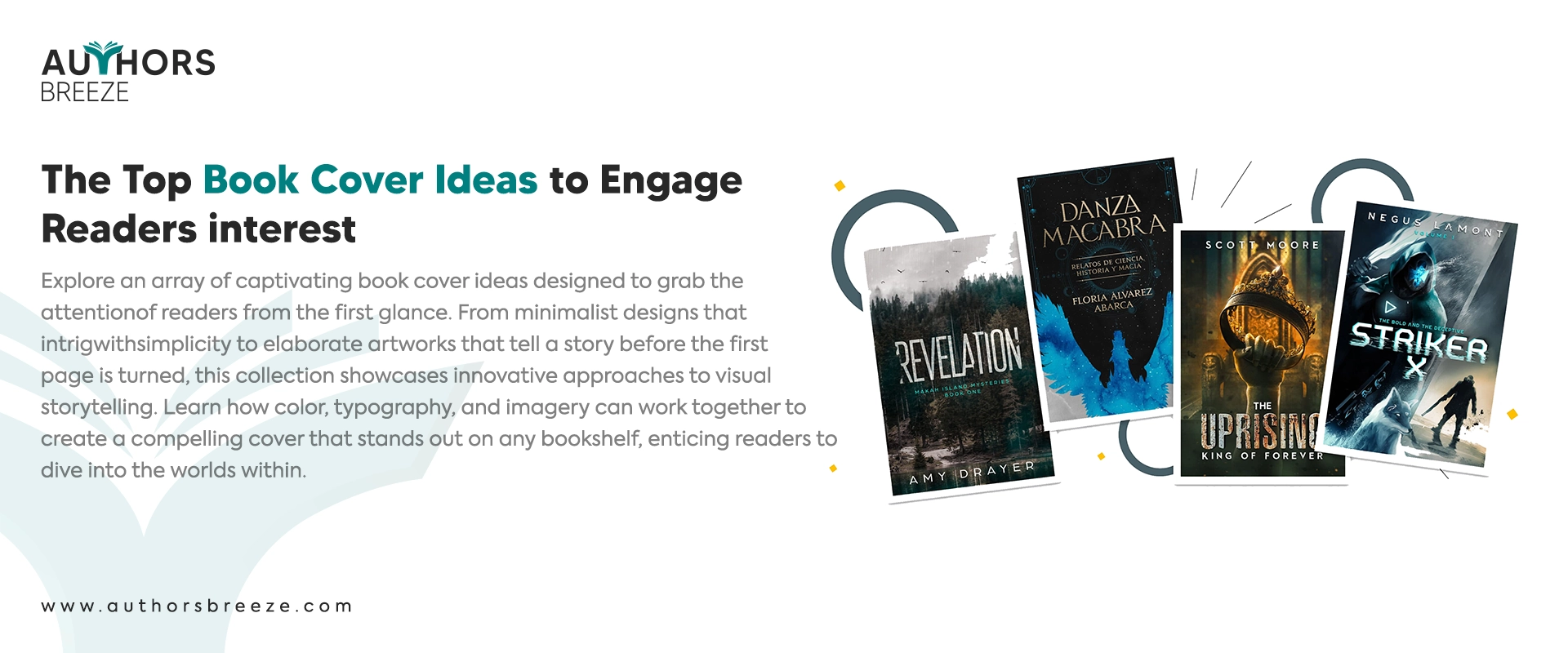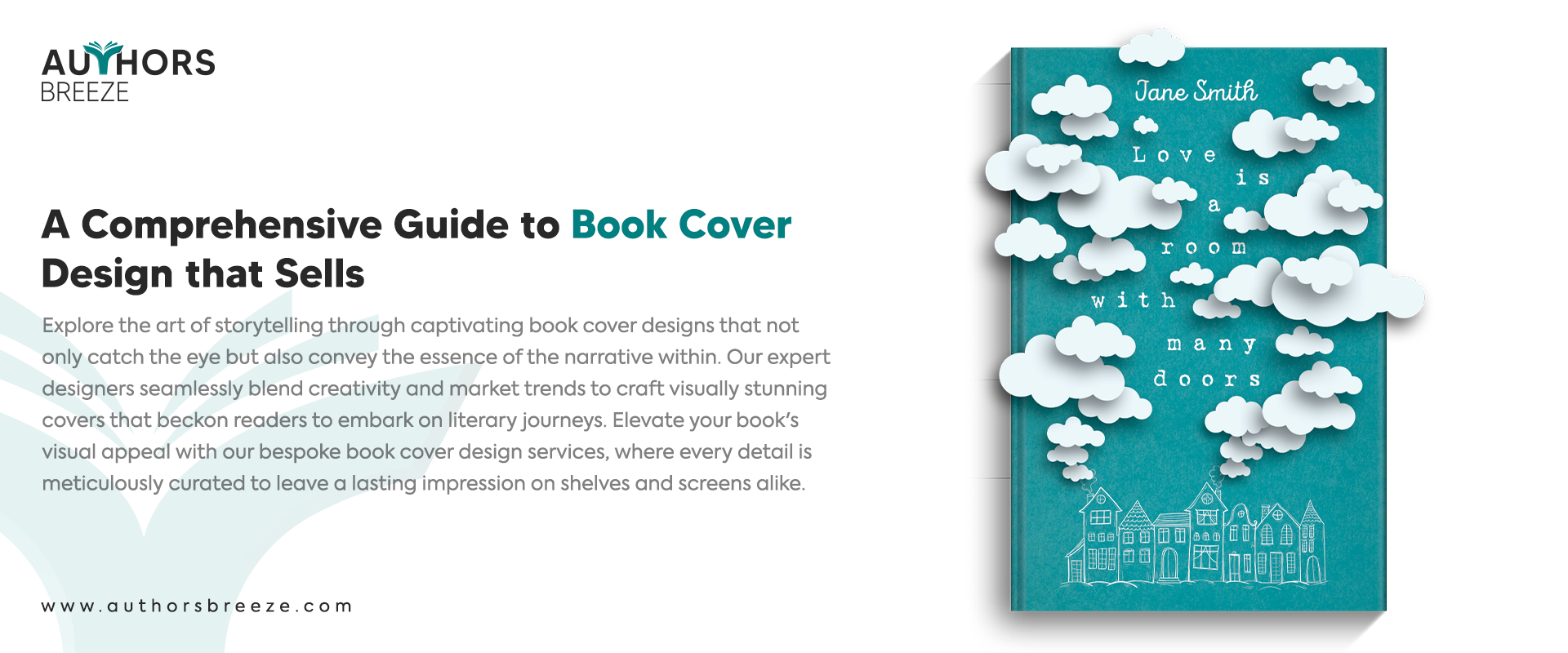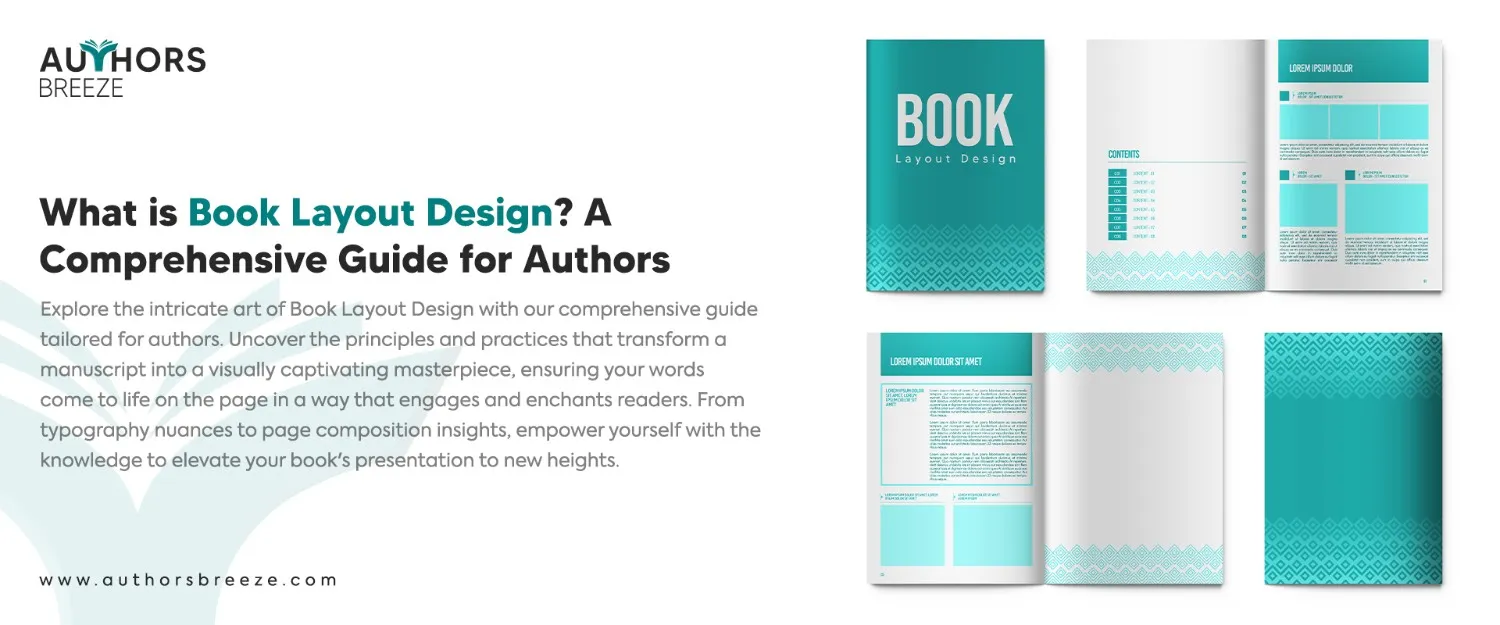Some things in the world have a great significance, impact, and deep connection with humans, nature, and existence. One such thing includes books and their book spine; only a handful of people know and understand their true meaning.
Books have been written for decades, and every era saw a spike in their popularity. They are the best way to communicate and share knowledge, and they have been used for this. Books are one of the most essential parts of humanity and learning in general as they are the base of providing knowledge.
However, the question would be, what is a book at its core? What are the physical components of it? And what do you need to know if you want to write a book? In this detailed blog, we will explore things related to a book. We will discuss the components and physical parts of a book, the essentials of designing your book, parts of a book and definitions, how you can create a book, and most importantly, spines and their life.
The Components And Physical Parts Of A Book
Before we crack the book spines (pun intended), it is vital to understand the components and physical parts of a book. Below, we will explain everything in detail.
Parts Of A Book
The physical parts of a book are the components that make up the whole book. Here are the major physical parts of a book and parts of a book binding:
Cover
It is the protective outer layer of a book. It can be hardcover (case bound) or softcover (paperback).
Book Spine
The narrow edge of the book cover, where the pages are bound together, is the most essential part of a book. It displays the book’s title, author, and publisher’s logo.
Front Cover
The front part of the book’s cover often features the book’s title, author, and artwork.
Back Cover
The rear part of the book’s cover includes a brief summary, endorsements, or author information.
Binding
The method used to hold the book’s pages together. Common types include case bound (hardcover) and perfect binding (paperback).
Endpapers
The sheets of paper that attach the book’s pages to the cover. They can be decorative and serve to strengthen the binding.
Text Block
The main body of the book consists of all the pages with the book’s content.
Paper
The material on which the text and images are printed can vary in type and quality. These physical parts collectively make up the physical structure of a book that provides both protection and access to its content.
What is a Book Spine and its Function and its Design Elements
The spine of a book is one of the most important parts of it as it keeps the book’s pages together. Whenever you pull any book from the shelf, you grab it from its spine. However, it is not the only function of it. It plays a crucial part in sticking the book in one place together. It also helps you easily turn over the pages of the book while you fully enjoy and immerse in the contents of the book.
Spine Text And Type Of Information To Include On A Book Spine
The spine text on a book is one of the most vital elements of it as it provides critical information about the book to readers. It also helps in easy identification and organization on bookshelves. Below are the types of details to include on the spine of the book:
Title Of The Book
The title of the book is the most essential element of the book spine as it is the first thing that the readers see. It gives an overview of the topic of discussion inside the book. It helps the readers to know if their topic of interest is at first sight.
Name Of The Author
Just after the title of the book comes the name of the author. It is also crucial as many readers choose books based on authors. For some readers, the author is more important than the title, and it is vital to include too.
Name Or Logo Of The Publisher
It will not be counted as an important part of the spine. However, it is usually included by the publisher of a book themselves. It can also be eye-grabbing for some readers as they look for specific publishers, as some publishers make better books than others.
Volume Number
It is crucial when it comes to a series of books. Mentioning the volume number is essential as it shows the readers that this is an incomplete book and has other parts, too.
Spine Artwork
Spine artwork is not mandatory, but including it can be better for your book. Choosing graphic elements relevant to the book’s topic of discussion is necessary, too.
Genre Or Category Label
This is optional, too, but adding it can give it an eye-catching element. Many readers look for the genre of the book or category label when looking for the books they want.
It is vital to know that the information that can fit on the spine of the book can vary depending on the spine’s size and the design choices. Therefore, the text and information should be presented in a visually appealing and readable manner.
“Quick Tip: Spine text must be centered, and it should be small but not too small. It should be clear while being concise. Furthermore, prioritize important information such as the book title and author’s name. Keep it prominent.”
Keep in mind that the spine is one of the most visible and vulnerable parts of a book. So, take care of its design and maintenance. It is essential for both aesthetics and preservation.
Spine Artwork
Artwork, whether it is on the front page or on the book spine, is equally vital. Here are some basic principles to consider when creating an effective and visually appealing spine artwork.
- Clarity: The artwork should be clear and easily identifiable.
- Relevance: The artwork should relate to the book’s content, theme, or genre.
- Color Combination: Choose colors that complement the overall design of the book cover.
- Typography: The text on the spine should match the style and font used on the cover.
- Readability: Ensure that both the text and artwork are easy to read, even from a distance.
- Space: Leave some room around the artwork and text to prevent overcrowding.
The spine is a crucial element for book marketing and shelf appeal. It is one of the first things a reader sees when they browse a bookstore or personal library. Therefore, it should be visually striking, informative, and reflective of the book’s content and style.
The Art of Spine Design
One might not focus on the art of spine design, but there is a lot going on in this area. There are many things to consider when you design a spine, which includes the below-mentioned ones.
Typography and Font Choices
The first and foremost thing to consider in the spine book is the typography and fonts. The font used on the spine should be proper. The book spine should have a font that is clear, readable, and also stands out. Ensure using block letters that stand out. Use fonts that are visible from a distance and are not too thin.
Your readers should be able to read the title and author’s name from a distance. Therefore, choose your font carefully after researching thoroughly.
Color Schemes
The color scheme is also something that you need to pay attention to. It depends heavily on the topic of the book. However, it can help you if you keep your readers in mind. Think of what you want them to feel/think when they have a look at the book. Since different colors are associated with other emotions and have different meanings, it is key to choose colors carefully.
Positioning of Text
The words on the book’s spine can go up or down. Most books have comments going down the spine. It is vital to put the words in the center so it looks nice and is easy to read.
The Role of Book Spines in Interior Decor
The role of book spines in interior decor is often underestimated. Still, they can have a major impact on the overall look and feel of a space. Here’s how book spines contribute to interior decor:
- Shelf Arrangement: The way you arrange books on shelves can be an art form in itself. You can create visually pleasing patterns, such as color gradients, alternate horizontal and vertical stacks, or arrange by size to add an artistic touch to your space.
- Functional Decor: Bookshelves and book spines serve a dual purpose – they are helpful for storage and decorative for interior design. Books on display are also visually appealing and can serve as art pieces in their own right.
- Conversation Starter: A book collection can be a conversation starter. Guests might notice a favorite book or author. It can lead to interesting discussions about your reading preferences and experiences.
What Are Some Best Practices For Book Spine Design?
Suppose you are working with book publishers near me. In that case, they would have a graphic designer on their team. Often, designers can create extraordinary covers by following the best book back cover examples, including the book spine. However, if you want to self-publish, then you would have to understand some best practices for book spine design. Here are some tips regarding it:
- Your book spine should have the same font as the font of your book’s back cover. Therefore, if you are using an image or a gradient, then keep it consistent with the spine. When self-publishing, avoid making the spine a different color or style.
- When designing the spine of your book, add the book title, author name, and publisher on the spine (if applicable).
- Last but not least, when designing a book spine, remember to choose easy-to-read fonts so your readers can quickly grab the text. You can search for the best book spine template and have an idea.
The Time Of Technology
We are now in modern times, and E-books are getting popular, too, because of the ease they provide. Through an e-book, you can now read your favorite writers and genres wherever you are. It is also easy to publish a book on the web as it does not require materials like papers and binding.
FAQ’s
Why is it Called the Spine of the Book?
It is evident in the name the spine of a book works just as the backbone of human beings. The spine is on our back, and so does the spine of the book.
What is a Spine in a Storybook?
A story spine is a structure to organize a story. It helps us understand a story easily and create our own stories.
What is the Difference Between the Spine and the Cover of a Book?
The spine of book backs is the back part of the book, and its primary function is to bind pages together. Whereas the cover of a book is a physical component of the book. The cover of a book is a skin and a protector of the pages.
What is the Spine of a New Book?
The back portion of bookbinding that is visible when the book is placed on a bookshelf is known as the "spine." The part of the book's cover is connected to both the front and rear covers at the joints.
Conclusion
In essence, books are unique, and book spines hold their specialty in place. No one could benefit this much and have the necessary knowledge if it was not for book spines. The book’s spine elegance is underrated and is often overlooked.
No matter if you want to write a fiction or nonfiction book, a book spine is equally important for both. The beauty and significance of book spine design are still not explored much, and it awaits to be opened with a charm. Whether old book spines or new book spines, both have had a lasting legacy when it comes to the binding between the books and the readers.
Book spines are essential as far as books and their history is concerned. Therefore, as a book writing company, we not only design a book cover but also help you make exceptional spines for your books. Reach out to us for book cover maker services and add strength and elegance to your books with our book cover design software.






